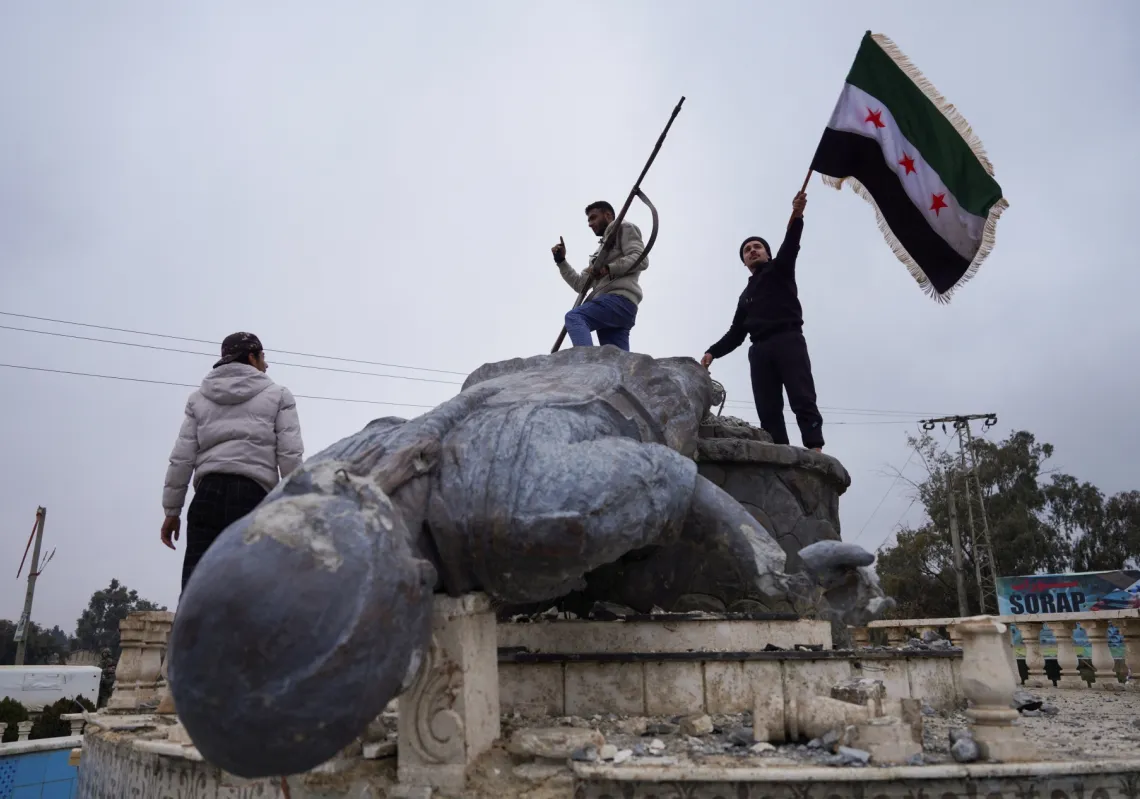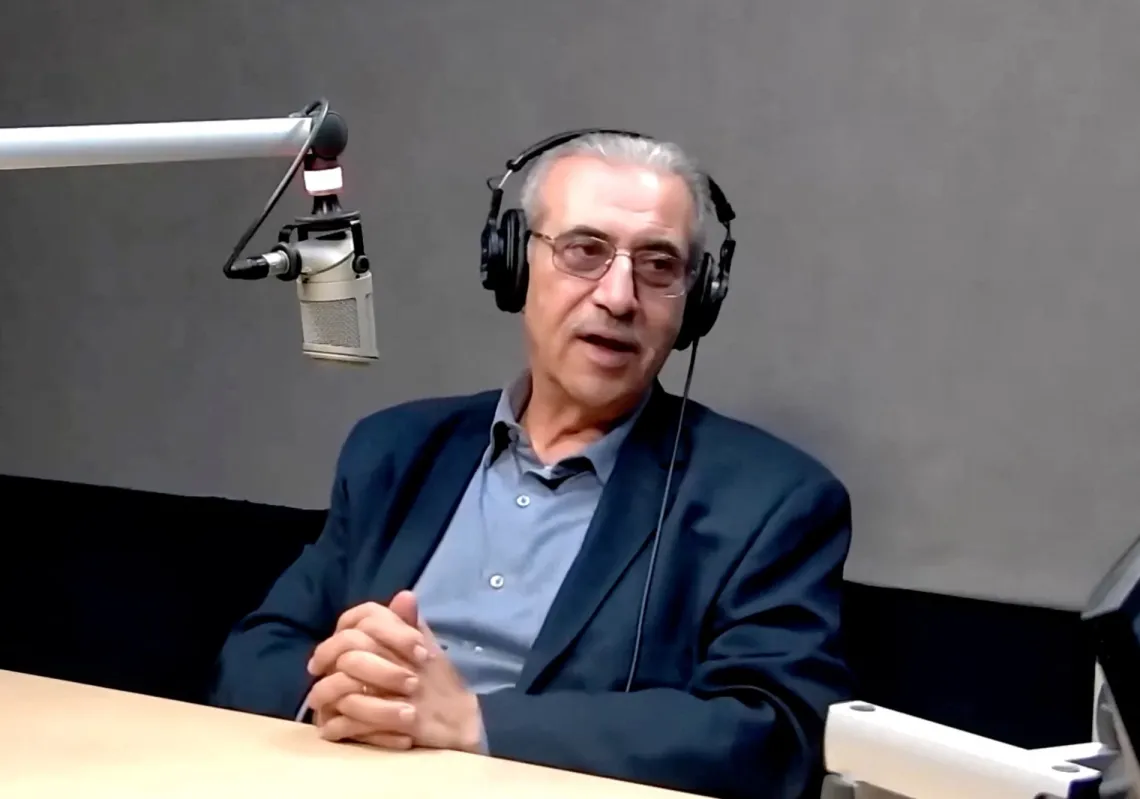The extent of the devastation in Syria’s northwest caused by the earthquake that hit the region this year is still emerging after seven months.
A detailed new study shows how the impact of the natural disaster was deeper in the country because it was already dealing with problems caused by civil war and ineffective governance.
But it also pointed to signs of hope for a better future in the aftermath of February’s catastrophe.
Syrians struggling with the immediate impact were doing so under a regime with little regard for its people. The lack of concern applied to considerations as basic as fundamental human rights, as well as more nuanced matters like social divisions, the political backdrop and the effect on the economy. Instead, the exploitative regime gave priority to maintaining its political hegemony.
And so, as the region reeled from thousands of fatalities and many more injuries – alongside widespread destruction of basic infrastructure and homes – the suffering of the people there was only just beginning. It worsened after the regime tried to take advantage of the chaos.
This is what a report from the Syrian Centre for Policy Research entitled The Impact of the Earthquake in Syria: The Missing Development Perspective in the Shadow of the Conflict concluded. It estimates the losses caused by the earthquake and assesses the lacklustre response to it in the country.

Calamity strikes
Syria’s northwest was already one of the regions hardest hit by war and the oppressive policies that marginalised it beforehand.
During the fighting, north-western Syria was hit by brutal battles that included heavy weapons, some of them prohibited internationally. Civilians and economic and social assets were deliberately targeted.
People were subject to collective punishments, including siege, forced displacement, arbitrary arrest, torture, forced disappearance and gender-based violence. Societies in the region have been torn apart by the politicisation of regional, ethnic, and religious identities.
They have been wracked by punitive economic measures used around the war including pillaging and the imposition of royalties. All this means Syria’s northwest was already a disaster area. It was unsafe, deprived and poor before the earthquake hit.
These struggles were ongoing under the three political regimes covering the area. The main national government was primarily responsible for most of the violations. Heavily dependent on Russian and Iranian support, it used violence to subjugate society.
However, the non-state forces in the region formed around the war also committed similar breaches. They relied on backing from Turkey and some Gulf states.















